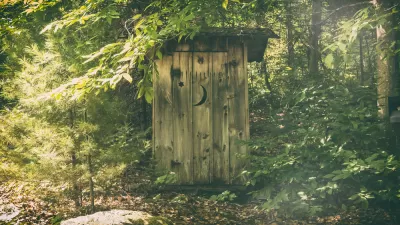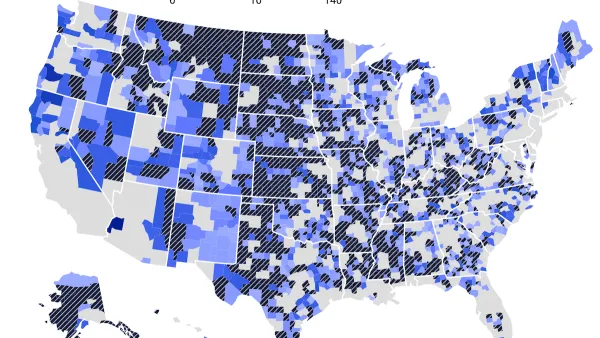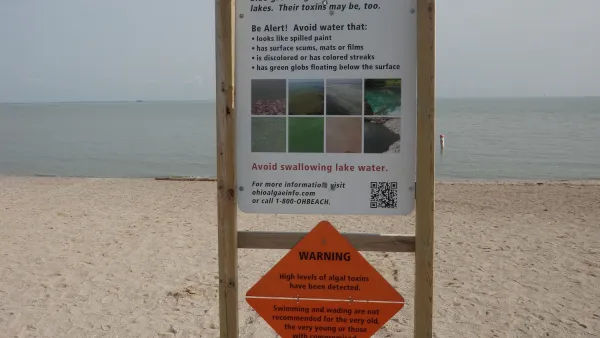Nearly 500,000 people in the rural parts of the United States cannot afford modern plumbing.

In rural America many people are not connected to municipal sewer lines. For the poor in these communities, this means plumbing is a real financial burden. According to a story by Sabrina Tavernise in the New York Times, "Many people have failing septic tanks and are too poor to fix them. Others… have nothing at all."
This is not only a problem for the poor who live without some of the comforts most of us take for granted, it’s also public health issue. Sewage that is not properly disposed of can get into drinking water, which can lead to any number of dangerous diseases including Giardia and Hepatitis A.
Tavernise's article goes on to explain how widespread this issue is: "Nearly half a million households in the United States lack the basic dignity of hot and cold running water, a bathtub or shower, or a working flush toilet, according to the Census Bureau."
Many of the people Tavernise spoke to had little faith that the problem would be solved. While some were connected to city lines, others describe how they had aspired to put in septic systems, but could never afford it. Dorothy Rudolf, a resident of Tyler, Alabama said about the $6,000 it would cost her to put in a septic system: "That was a whole lot of money, and it still is."
FULL STORY: A Toilet, but No Proper Plumbing: A Reality in 500,000 U.S. Homes

Planetizen Federal Action Tracker
A weekly monitor of how Trump’s orders and actions are impacting planners and planning in America.

Chicago’s Ghost Rails
Just beneath the surface of the modern city lie the remnants of its expansive early 20th-century streetcar system.

San Antonio and Austin are Fusing Into one Massive Megaregion
The region spanning the two central Texas cities is growing fast, posing challenges for local infrastructure and water supplies.

Since Zion's Shuttles Went Electric “The Smog is Gone”
Visitors to Zion National Park can enjoy the canyon via the nation’s first fully electric park shuttle system.

Trump Distributing DOT Safety Funds at 1/10 Rate of Biden
Funds for Safe Streets and other transportation safety and equity programs are being held up by administrative reviews and conflicts with the Trump administration’s priorities.

German Cities Subsidize Taxis for Women Amid Wave of Violence
Free or low-cost taxi rides can help women navigate cities more safely, but critics say the programs don't address the root causes of violence against women.
Urban Design for Planners 1: Software Tools
This six-course series explores essential urban design concepts using open source software and equips planners with the tools they need to participate fully in the urban design process.
Planning for Universal Design
Learn the tools for implementing Universal Design in planning regulations.
planning NEXT
Appalachian Highlands Housing Partners
Mpact (founded as Rail~Volution)
City of Camden Redevelopment Agency
City of Astoria
City of Portland
City of Laramie




























